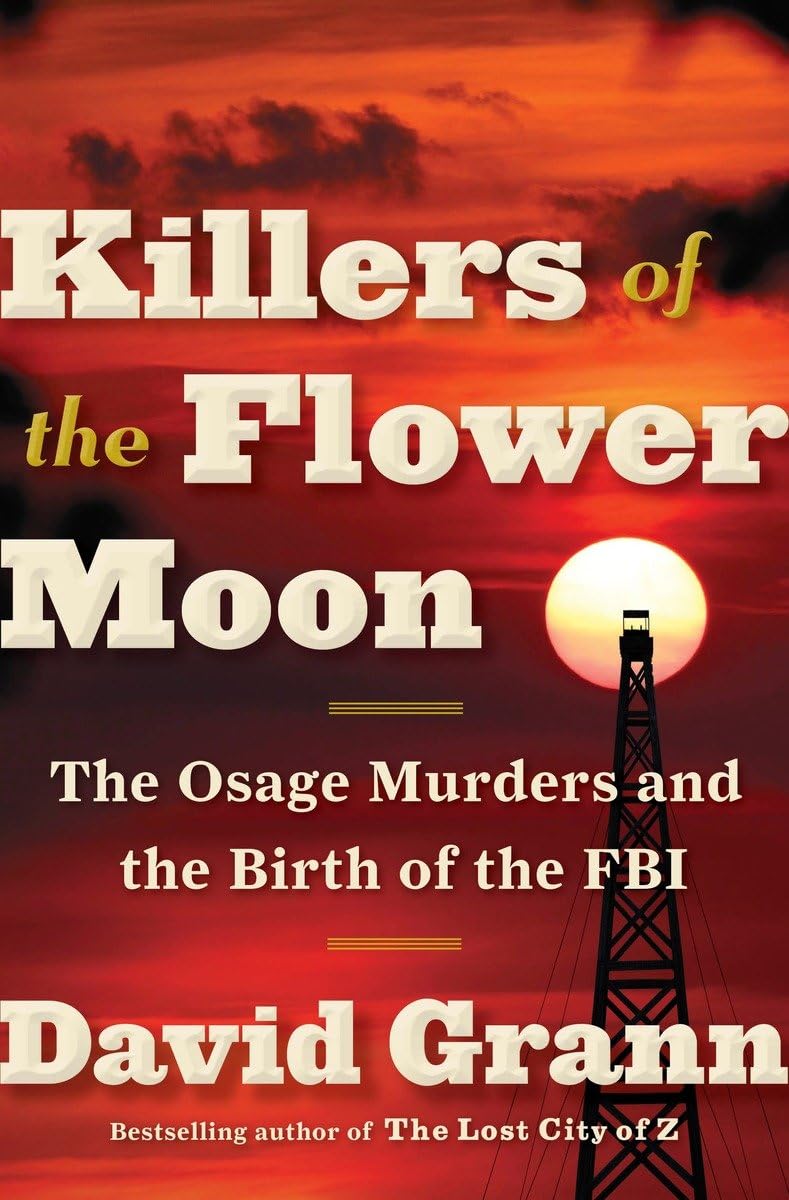Chapter 11: The Third Man
byIn Chapter 11, “The Third Man,” the Bureau’s investigation into the Osage murders gains momentum as J. Edgar Hoover and Agent Tom White intensify their pursuit of justice. Hoover, feeling the pressure of public criticism and political scrutiny, becomes unusually involved in the fieldwork, despite his usual preference for delegation. His interest is piqued by Necia Kenny, a white woman married to an Osage man, who claims that A.W. Comstock, a legal guardian of several Osage individuals, is complicit in the conspiracy to exploit and eliminate them for financial gain.
Though Kenny’s credibility is questionable due to her mental instability, Hoover sees potential in her claims, particularly as they align with long-standing suspicions of corruption within the Osage guardianship system. At the same time, Agent White’s investigation pivots toward Bryan Burkhart, the brother-in-law of Mollie Burkhart and one of the last people seen with Anna Brown before her murder. Bryan originally provides a strong alibi for the night of Anna’s disappearance, but as White meticulously scrutinizes his timeline, glaring inconsistencies begin to emerge, raising doubts about his true whereabouts that night.
White’s dogged efforts lead him to multiple witnesses who contradict Bryan’s original statements, placing him in the company of Anna Brown at various locations throughout the evening. More disturbingly, additional testimony suggests that Bryan was seen returning to the crime scene later with an unidentified third man, casting a new layer of suspicion over his involvement. This revelation adds a critical dimension to the case, as it suggests that Anna’s murder was not a spur-of-the-moment crime but rather a premeditated act involving multiple conspirators working in tandem.
As White and Hoover continue to untangle the intricate web of deceit, they encounter numerous roadblocks, including missing evidence, uncooperative witnesses, and legal loopholes manipulated by those protecting Hale and his network. The sheer scale of the corruption suggests that Anna’s murder—and the killings of many other Osage people—were not isolated acts of violence, but part of a larger scheme involving fraudulent guardianships, orchestrated murders, and calculated financial exploitation. Every step forward in the investigation only reinforces the reality that powerful figures are working tirelessly to suppress the truth and evade accountability.
The discovery of the “third man” becomes a turning point, signaling that there is still an unidentified individual who played a crucial role in Anna Brown’s murder, someone who may hold the key to exposing the entire conspiracy. White’s growing frustration with the deep-seated corruption within local law enforcement and legal systems only fuels his determination to press harder, dig deeper, and hold those responsible accountable. Despite facing increasing resistance from both public officials and private interests, he remains committed to piecing together the fragmented truths hidden beneath layers of deception.
Beyond the immediate investigation, the chapter also highlights Hoover’s evolving role in shaping the Bureau of Investigation, as he continues to push for modernized law enforcement techniques and stricter oversight to prevent cases like this from being derailed by corruption. His insistence on following even the most unconventional leads, including those provided by Necia Kenny, underscores his strategic, albeit often ruthless, approach to solving high-profile cases. Though he remains skeptical of fieldwork, his direct involvement in the Osage investigation showcases his growing ambition to transform the Bureau into a powerful, centralized force against organized crime and systemic injustice.
As the chapter concludes, the urgency of uncovering the identity of the third man propels the investigation into uncharted territory, revealing even more disturbing connections between Hale, Burkhart, and other key players in the murders. White and his team understand that the closer they get to the truth, the greater the risk of sabotage, intimidation, and even violence. In a town where money and influence dictate the course of justice, the fight for the truth is far from over, but White and Hoover are prepared to see it through, no matter the cost.


